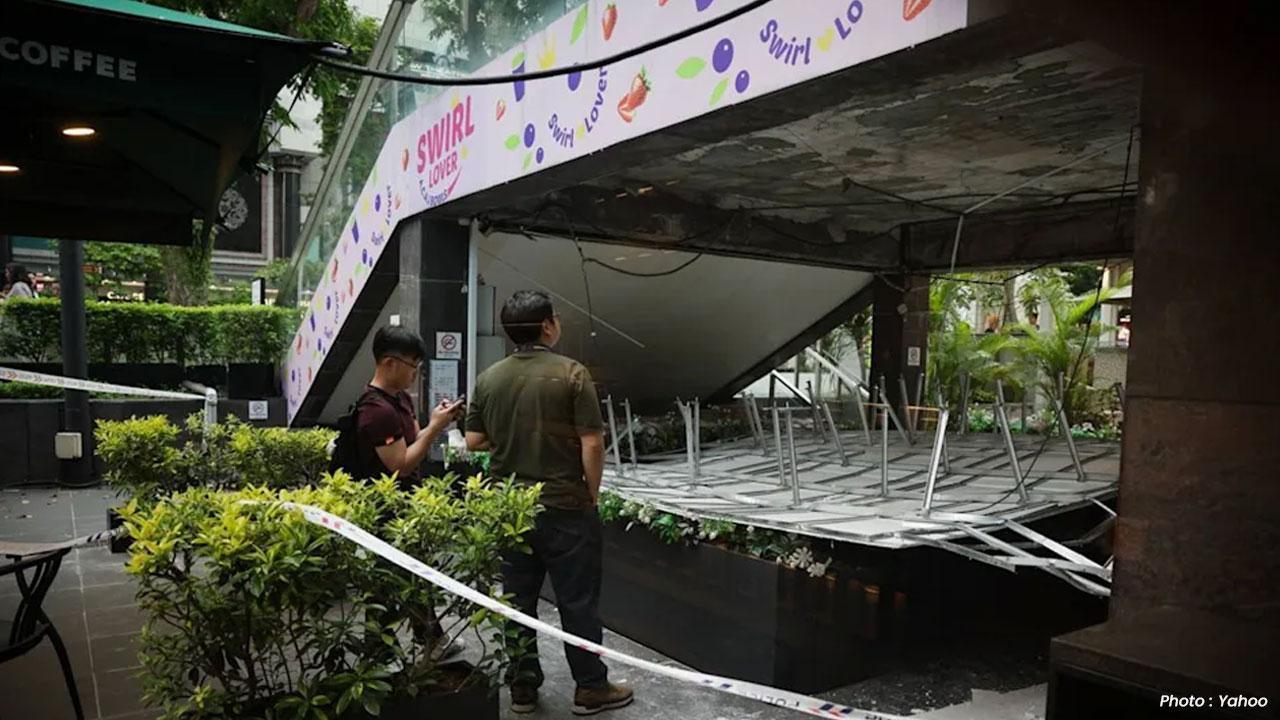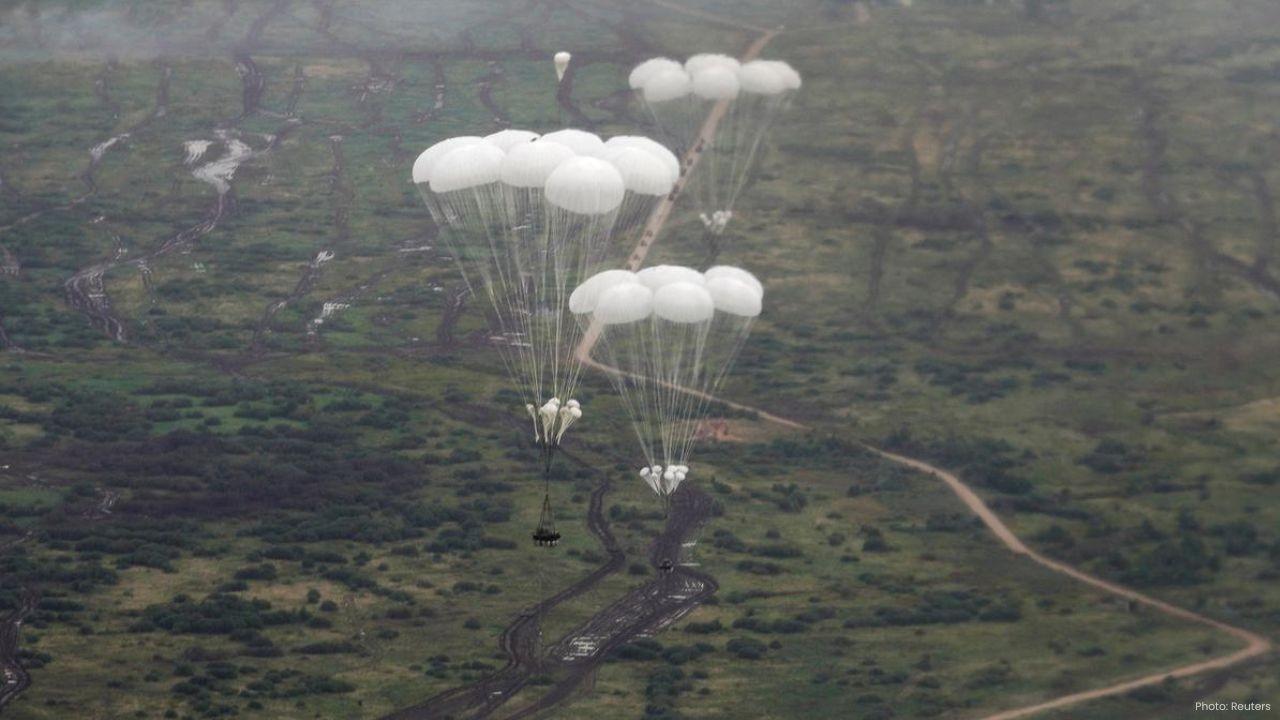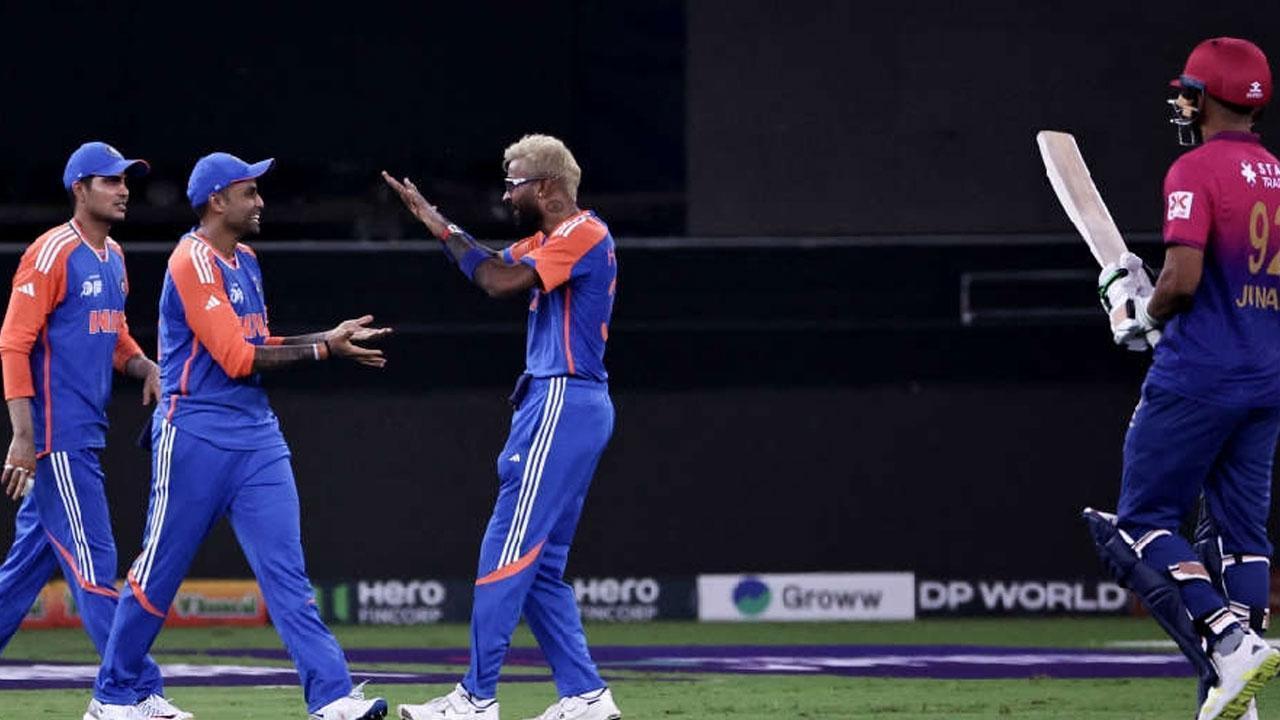
Join 10k+ people to get notified about new posts, news and tips.
Do not worry we don't spam!

Post by : Raman
In a major development in India’s long-standing fight against Maoist rebels, Indian security forces killed a top Maoist commander along with nine other guerrilla fighters during a gunbattle on the forested border of Odisha and Chhattisgarh. Officials confirmed the operation late on Thursday, highlighting the government’s continued commitment to ending the decades-old conflict.
The slain commander, Modem Balkrishna, was a high-ranking Maoist leader in Odisha and was known by several aliases. Authorities had placed a bounty of $114,000 on his capture due to his influential role in coordinating the rebel activities in the region. The operation reflects the ongoing efforts of the Indian government to dismantle the Maoist network and bring stability to affected areas.
India’s Maoist insurgency, also called the Naxalite rebellion, began in 1967 in a small village in the foothills of the Himalayas. It was initially a revolt by villagers against feudal oppression, but over the decades, it has grown into a violent armed struggle. The conflict has claimed more than 12,000 lives, including those of rebels, soldiers, and civilians.
The latest operation is part of a larger campaign by Indian security forces to crush the remaining Maoist factions operating in the so-called “Red Corridor,” which spans parts of central and eastern India. At its peak in the mid-2000s, the rebellion controlled nearly a third of the country, with an estimated 15,000 to 20,000 active fighters. Government offensives have steadily reduced the group’s power and numbers.
Home Minister Amit Shah praised the operation on social media, urging remaining Maoist fighters to surrender before the government’s target to end the rebellion by next March. “The remaining Naxalites should also surrender in time,” he wrote, signaling a firm approach to ensure law and order in affected states.
In recent years, Indian security forces have intensified their counter-insurgency measures. Since last year, over 400 rebels have been killed in operations, while the government continues to strengthen intelligence networks and military presence in sensitive areas. The killing of Balkrishna comes months after the death of the group’s chief, Nambala Keshav Rao, alias Basavaraju, who was gunned down in May along with 26 other guerrillas.
The Maoist movement has carried out several deadly attacks on security personnel over the years. In January, a roadside bomb killed at least nine Indian troops, demonstrating the continuing threat posed by the group despite the government’s crackdown. These attacks underline the risks faced by soldiers and the challenges of restoring peace in remote forested regions.
Experts say that removing top commanders weakens the operational capacity of Maoist groups, as leadership vacuums often lead to disorganization and reduced coordination among fighters. However, they also note that addressing underlying social and economic grievances is essential to prevent new insurgent groups from forming.
The forests along the Odisha-Chhattisgarh border, where the recent operation occurred, are known as strongholds of the Maoist insurgency. These areas have been challenging for security forces due to dense vegetation, difficult terrain, and the rebels’ knowledge of the land. Government forces rely heavily on intelligence and strategic planning to conduct successful operations in these regions.
The death of Modem Balkrishna is expected to deliver a significant blow to Maoist operations in Odisha. Authorities hope that such operations will encourage remaining insurgents to surrender and reinforce the government’s efforts to restore normalcy and safety in conflict-prone areas.
While military action remains a critical component, experts argue that long-term peace requires development programs to improve education, infrastructure, and economic opportunities in regions affected by the rebellion. These measures aim to reduce the appeal of insurgency for marginalized communities who may feel neglected or oppressed.
the recent gunbattle in Odisha and Chhattisgarh demonstrates the Indian government’s determination to end the Naxalite insurgency. With top commanders like Modem Balkrishna eliminated, security forces have achieved a significant tactical victory. However, ensuring lasting peace and development in affected areas will require continued vigilance, social reforms, and engagement with local communities.
The operation is a reminder of the sacrifices made by security personnel and the importance of addressing both security and socio-economic challenges to bring an end to one of India’s longest-running internal conflicts.
India, Maoist Rebellion, Naxalite Conflict, Odisha News, Chhattisgarh News, Indian Security Forces










India Dominates UAE by 9 Wickets in Asia Cup 2025 Opener with Brilliant Bowling
India dominates UAE in Asia Cup 2025 opener, winning by 9 wickets with Kuldeep Yadav shining and a q

Karishma's Kids Get 1,900 Crore: Priya Kapoor Defends Sunjay Kapur Estate
Priya Kapur claims Karisma Kapoor’s children already received Rs 1,900 crore as court battle over Su

Akshay Kumar 58th Birthday Heartfelt Thanks to Fans and Colleagues
Bollywood star Akshay Kumar celebrates his 58th birthday with gratitude, thanking fans and colleague

Hina Khan Backs Ashnoor Kaur After Farhana Bhatt Bigg Boss 19 Remarks
Hina Khan supports Ashnoor Kaur after Farrhana Bhatt’s comment on Bigg Boss 19, sparking social medi

India Beats Korea 4-1 to Win Asia Cup 2025, Secures Spot in 2026 World Cup
India dominates Korea 4-1 in Asia Cup 2025 final, wins the title and qualifies for the 2026 Men’s Ho

Daniel Ricciardo Retires from Racing, Joins Ford as Global Motorsports Ambassador
Daniel Ricciardo ends his racing career and becomes Ford’s Global Racing Ambassador, staying connect